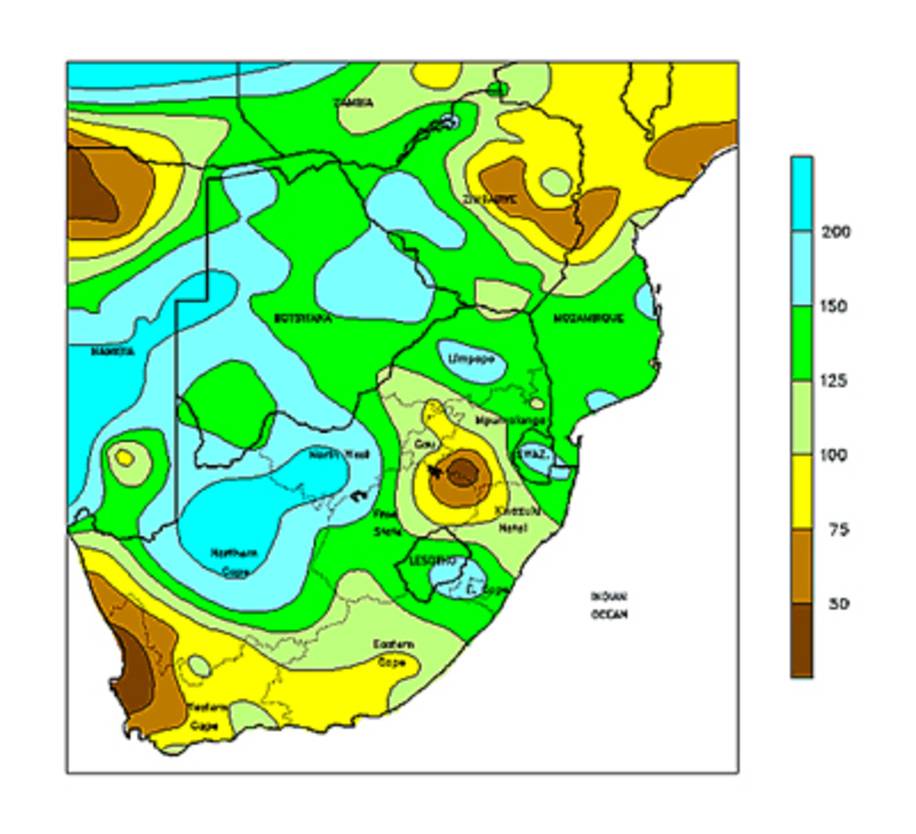Weather Monitoring Station
Our customer is a market leader in solar technology. Their focus is the integration of solar power solutions in areas where the provision of the mains supply is uneconomic or unreliable. This particular project involved the provision of power to a small village in Africa.
In order to asses the success of the project it was required that a number of geological parameters were measured and recorded for the duration of the three-month trial. These included solar intensity, wind speed and direction, temperature and electrical measurements from the solar panels.
The requirement
 The customer required a datalogger system to monitor and record a variety of signals relating to the physical measurements being sampled. These signals included K type thermocouples, 4-20mA process loops and 0 to 10 Vdc. Additionally DC currents of up to 150A and DC voltages of up to 650V needed to be monitored from the solar cells.
The customer required a datalogger system to monitor and record a variety of signals relating to the physical measurements being sampled. These signals included K type thermocouples, 4-20mA process loops and 0 to 10 Vdc. Additionally DC currents of up to 150A and DC voltages of up to 650V needed to be monitored from the solar cells.
Since there were five installs of solar panels in different areas of the village five data logger systems in total were required to monitor each site.
The solution
The DT800 data logger was an ideal solution for this application. The 42 single-ended inputs (reconfigurable as 24 differential inputs) provided more than enough acquisition ability for each of the stations. This gave the customer the flexibility to expand their weather monitoring stations for future projects.
Crucially the DT800 gave the customer the ability to sample wind direction at a high rate but only store an average direction at less frequent intervals. This was made possible using the advanced maths functions inside the DT800. The variable resistance signal from the wind vane was then converted to a 0° to 360° signal using internal scaling. Using the trigonometric functions, the angle was then converted into X and Y components and when averaged, the components were recombined to provide an average wind direction.
The DT800 also provided the facility for the customer to sample all other signals at a high frequency but only store the max, min and average results at a lower rate. This gave the customer a much more accurate representation of the variations in climate during the test whilst conserving memory space.
Why Amplicon?
Amplicon was seen as the preferred supplier as we offer over 50 years experience with industrial systems encompassing data acquisition, industrial networking and computing solutions. By talking to one of our applications engineers, the right equipment was selected on time and within budget.